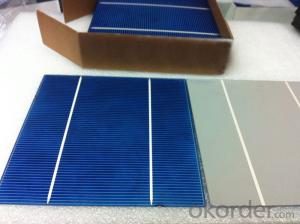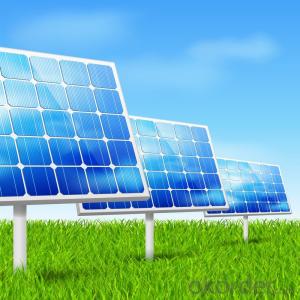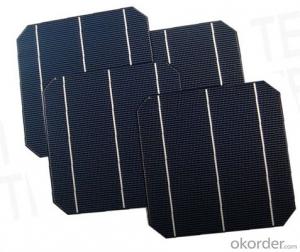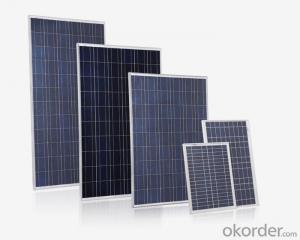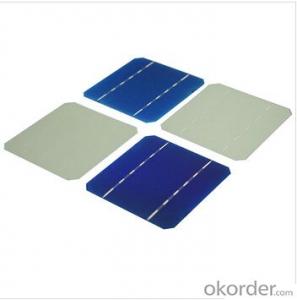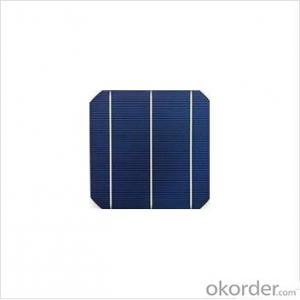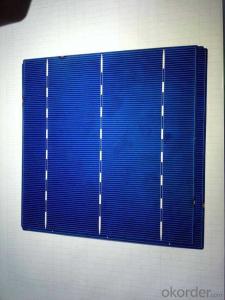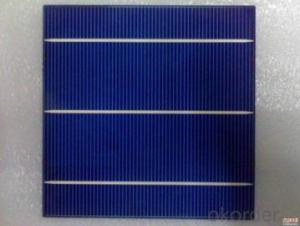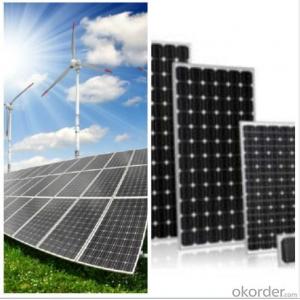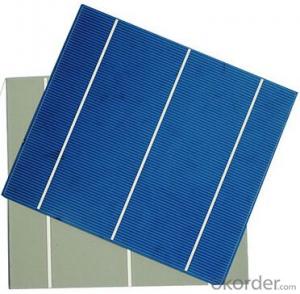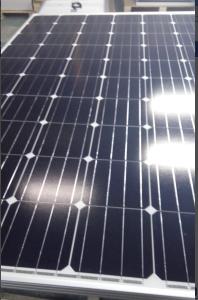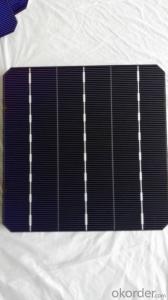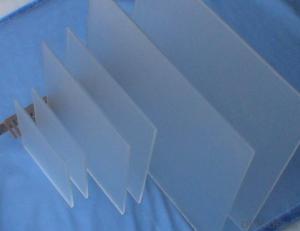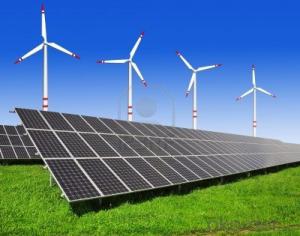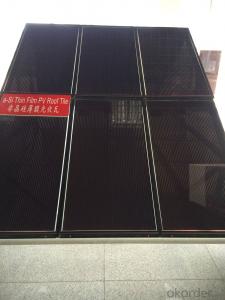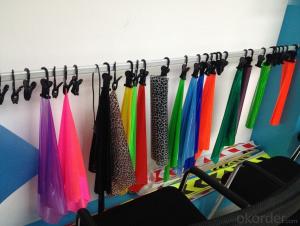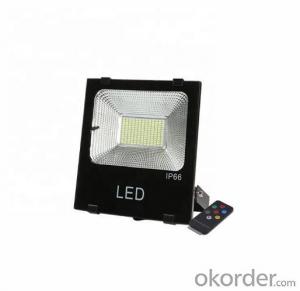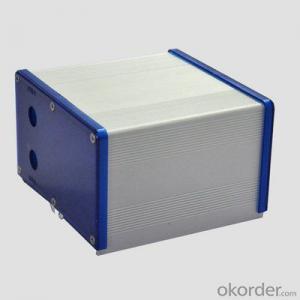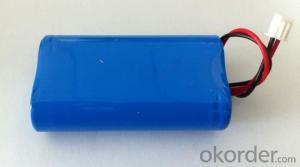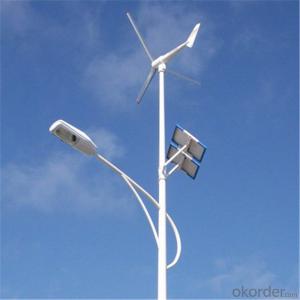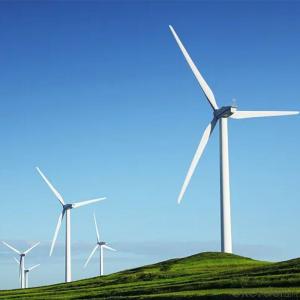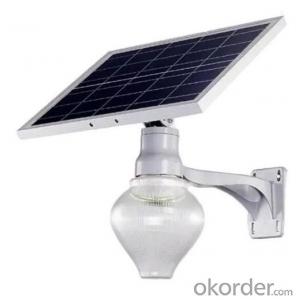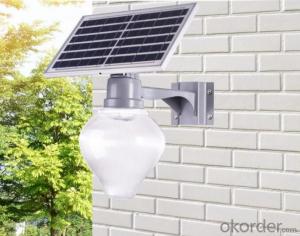Dye-Sensitized Solar Cells
Dye-Sensitized Solar Cells Related Searches
Dye-Sensitised Solar Cells Dye Sensitive Solar Cells Dye Sensitized Solar Cells Dye Sensitised Solar Cells Dye Based Solar Cells Printed Solar Cells Printable Solar Cells High Temperature Solar Cells Screen Printed Solar Cells Chipped Solar Cells Folding Solar Cells Highly Transparent Solar Cells Plant Based Solar Cells Photovoltaic Solar Cells High Quality Solar Cells High Efficiency Solar Cells Flexible Solar Cells Foldable Solar Cells Multilayer Solar Cells Lightweight Solar Cells Floating Solar Cells Bendable Solar Cells High Performance Solar Cells Residential Solar Cells Affordable Solar Cells Organic Solar Cells Organic Printed Solar Cells Iii V Solar Cells Hot Solar Cells Better Solar CellsDye-Sensitized Solar Cells Supplier & Manufacturer from China
Dye-Sensitized Solar Cells, also known as DSSCs, are a type of photovoltaic cell that utilizes a sensitized dye to absorb sunlight and convert it into electricity. These cells consist of a porous layer of titanium dioxide nanoparticles, a light-absorbing dye, and an electrolyte solution. They are known for their efficiency in converting light into energy and their potential for use in various applications due to their flexibility and transparency.Dye-Sensitized Solar Cells have a wide range of applications, including powering small electronic devices, building integrated photovoltaics, and even wearable technology. They are particularly useful in situations where traditional rigid solar panels may not be suitable, such as on curved surfaces or in portable devices. The versatility of DSSCs makes them an attractive option for both commercial and residential use, as they can be tailored to fit specific energy needs and design requirements.
Okorder.com is a reputable wholesale supplier of Dye-Sensitized Solar Cells, offering a vast inventory to cater to the needs of various industries and applications. With a commitment to quality and customer satisfaction, Okorder.com ensures that their Dye-Sensitized Solar Cells meet the highest standards of performance and reliability. Whether you are looking to incorporate DSSCs into a new product design or expand your existing solar energy solutions, Okorder.com is a trusted source for these innovative and efficient solar cells.
Hot Products
